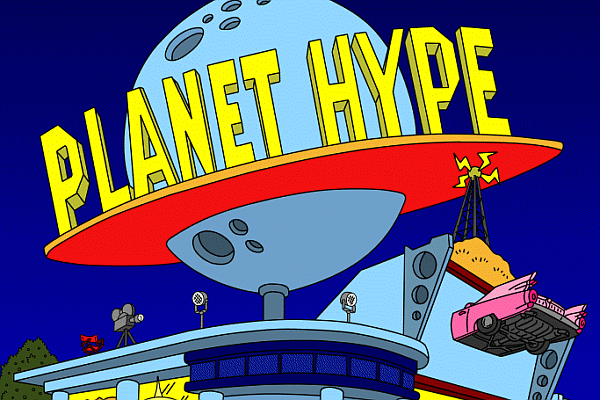Published on the 09/06/2016 | Written by Beverley Head

Enterprises are still playing catch up to the possibilities of the Internet of Things…
Internet of Things (IoT) solutions continue to emerge – some before a clear buyer has been identified, others even being deployed but without business users being able to take advantage of the resulting data streams.
This is in line with the most recent Gartner hype cycle which placed IoT at the top of its “peak of inflated expectations” with the prediction that IoT deployments won’t become mainstream until 2020-2025.
Speaking at the Pegaworld conference in Las Vegas, Marty Levy, transformation practice advisor for Cisco, which has been one of the leading IoT proponents, acknowledged that in the manufacturing sector, for example, not much was happening with IoT because companies recognised capturing data wasn’t the problem – doing something with it was.
That’s the situation in NSW where data from speed limit signs and traffic loops built into roads is still only being used to reactively – rather than proactively – tackle road congestion.
Jason Cross-Martin, until recently a programme manager at the NSW Transport Management Centre, said that Sydney’s current congestion management model had been developed for the Sydney Olympics in 2000, and despite the much richer real time data now available, there had yet been no change in the way that Sydney’s traffic congestion was managed.
A Pegasystems platform which consolidates information regarding bus, train, road information on a single map went live this week. How the information will be used however has still to be determined, Cross-Martin said that NSW Transport was spending $70 million over the next two to three years on the challenge, and was now working with Data 61 to develop algorithms to work out how to use the sensor collected data.
Even without that data-use plan the agency is continuing to add to its data banks, and is currently running a pilot with Google, which will supply anonymised phone data leveraging geospatial information showing how fast people are travelling at any point in time.
Another area where IoT seems to offer great promise is healthcare.
Jeroen Tas, CEO of the connected care and health informatics for Philips, this week outlined the potential of a newly announced integration between Philips’ medical devices and its HealthSuite cloud and Pegasystems’ Care Management application. He said that the solution would allow the collection of health information from sensors, which could then be meshed with clinical data to provide real time health insights to develop care plans pushed out to consumers.
He suggested that for example it would be possible to use an internet connected medication dispenser that could lift medication compliance from 50 per cent to 96 per cent, leading to improved health outcomes. Other use cases included ultrasound as a service, or elderly care supported by wearables.
Tas said that in some scenarios this could bring health care costs down by 26 per cent, reduce hospital readmissions by 52 per cent and reduce emergency admissions by 67 per cent.
However the solution for all its promise has yet to find a customer. Pegasystems founder and CEO Alan Trefler said customers could include Governments or health insurers, but confirmed that as yet the integrated system is only being used as part of the LifeLine aged care emergency pendant solution.
The author attended the conference as a guest of Pegasystems.



























